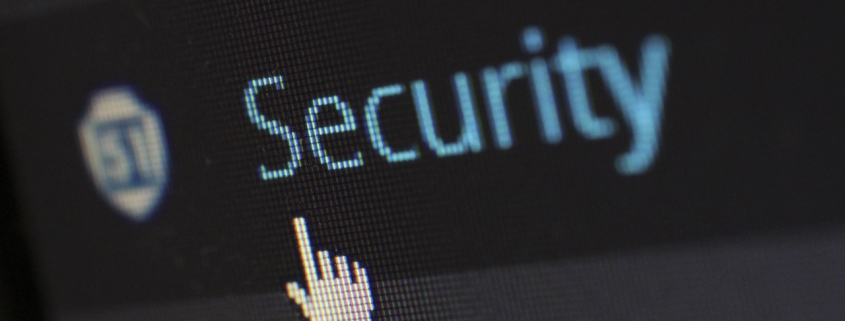
There is a wide body of people that believe they are sending information private because they are sending using Microsoft Office 365, Gmail, or using a third-party service that sends all messages using transmission layer security.
And they may be right; if secure sometimes is good enough.
There is the notion of “opportunistic privacy” also referred to as “opportunistic TLS”, which sounds pretty cool. It certainly sounds secure.
But what does this really mean? Let’s take a look at deciphering a popular myth about secure messaging.
(Warning, if this article seems too technical, it is important enough that we suggest you forward to your IT consultant.)
With email, many popular services tout secure messaging simply because they enable “Opportunistic” TLS private transmission. This simply means, if the sending server can transmit using secure transmission methods, it does; but if it cannot, it simply transmits the message in plain text, like a message written on a postcard…like your tax, investment, or health ailment details written on a postcard.
Not great; but is it good enough? Well, that may depend on how many servers there are out on the Internet where email TLS transmission does not work. How often does this not work? At least 1 in 10 messages on average sent by Google Gmail or Microsoft servers using opportunistic TLS are sent in plain text, according to them. And for some recipients, 10 in 10 are sent in plain text.
But wait, there are also different levels of secure transmission. TLS 1.0 and 1.1 are deemed not to be secure enough for transmission of financials like credit card data (for PCI Compliance). TLS 1.2 is good.
So, what about enabling “opportunistic TLS 1.2” privacy? This generally is not an option (other than with RMail).
Well, wouldn’t it be simpler if the servers simply “enforced” TLS privacy? This also sounds good, but what it really means is that if the message is not able to be transmitted securely, it is not sent at all. Not good. Instant calls to IT staff complaining. Ugh.
Know More: Secure Email
What is really needed is a service that can be set to do the following, invisibly to the sender, and just figuring out automatically the best user experience for the recipient. The ideal secure messaging service should:
And better,
And even better,
And perhaps,
Finally, the ultimate;
Know More: Send Encrypted Email
Microsoft Office 365 and Gmail don’t accomplish this. But RMail does. RMail does all of this and makes it simple and affordable. Install and try RMail instantly, at no cost. Click here to download for Outlook or Gmail.
Join an RMail training session live or view a recorded video.
If you would like your IT consultant to purchase RMail through Ingram Micro, pass along this link.

December 12, 2025

December 05, 2025

November 21, 2025

November 14, 2025

November 07, 2025